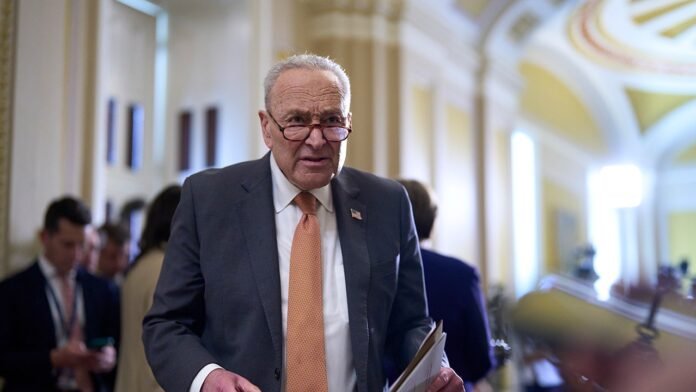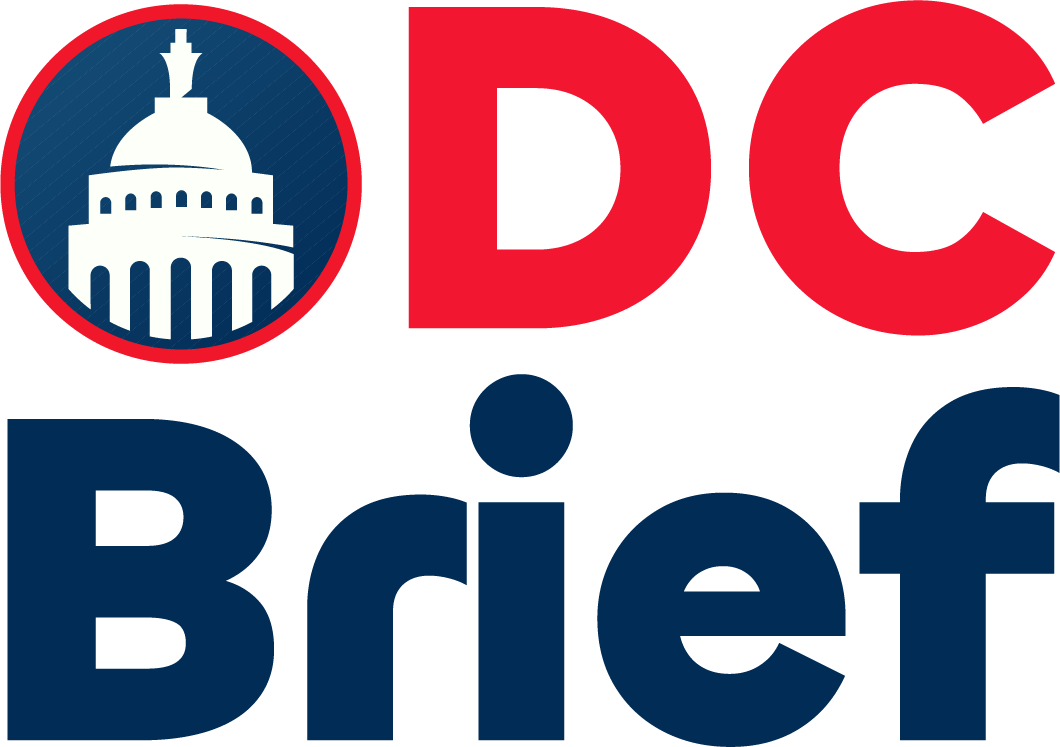Democratic leaders are facing mounting political pressure as the ongoing government shutdown continues. The situation highlights the influence of the beltway bubble, where Washington elites sometimes disconnect from public priorities. This detachment has led to decisions that critics argue are out of touch with voters.
Senate Majority Leader Chuck Schumer has emerged as a central figure in the debate. Earlier this year, he organized enough Democrats to vote for a Continuing Resolution to prevent a shutdown. However, after criticism from his party’s left wing, Schumer chose not to take similar action this time, illustrating the tensions within the Democratic caucus.
The shutdown directly affects approximately 750,000 federal employees. Many workers face furloughs or delayed pay, while key agencies such as the SEC and CFTC operate with minimal staff. As a result, regulatory processes are slowing down, and delays ripple across financial markets and public services.
Federal employee unions have responded by filing lawsuits, claiming the administration’s actions violate labor laws and undermine workers’ rights. These legal challenges add another layer of complexity to the crisis, forcing both lawmakers and administrators to navigate political and legal hurdles simultaneously.
Political analysts warn that the beltway bubble is shaping Democratic decision-making in ways that may alienate the broader electorate. By focusing too heavily on internal party pressures, leaders risk losing touch with constituents’ priorities. This misalignment could have implications in upcoming elections and influence public opinion nationwide.
Looking forward, negotiations between Congress and the administration remain ongoing. The eventual resolution will shape federal operations, employee outcomes, and public perception. Both parties must now reconcile internal pressures with the practical needs of government workers and citizens.
Overall, the current scenario underscores how political insularity can create governance challenges. By understanding and addressing these dynamics, Democrats may adjust strategies to align more closely with public expectations and voter concerns.
For more political updates, visit DC Brief.


